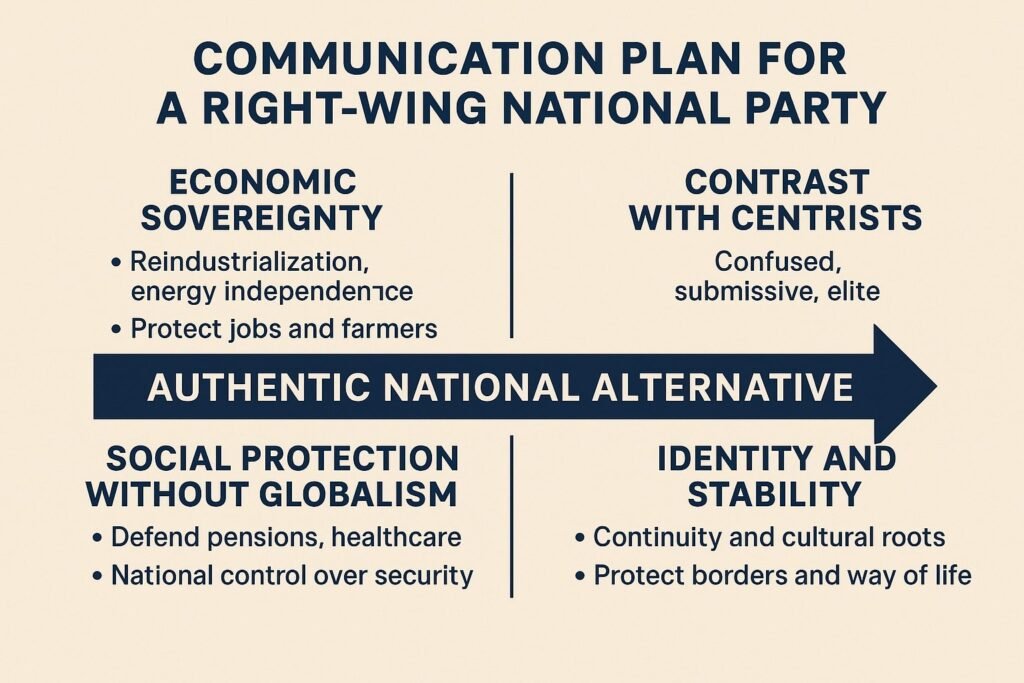Extinction Rebellion Explained – Radical Climate Politics
From Save the Planet to Shut It Down
Extinction Rebellion (XR) presents itself as a noble grassroots crusade against climate catastrophe. Their branding screams urgency, their protests clog streets, and their demands sound moral: act now or it’s over.
But beneath the rainbow flags and drum circles, XR is less about pragmatic climate action and more about radical ideology. Their real mission? To dismantle capitalism, override democracy, and replace society with an anarchist experiment.
Table of contents
What Is Extinction Rebellion?
On paper, XR is a climate activist group founded in the UK in 2018. Its tactics are nonviolent “civil disobedience”: roadblocks, gluing themselves to trains, occupying city centres. Their stated goal is to force governments to reduce emissions to net zero at breakneck speed.
But their deeper aim is structural. XR wants:
- Net Zero by 2025 – physically impossible without collapsing industry.
- A “Citizens’ Assembly” – unelected activists deciding national policy.
- The End of Growth – degrowth ideology dressed up as science.
This isn’t climate pragmatism. It’s a political revolution in green packaging.
How XR Shows Up in Practice
- Politics → framing radical demands as moral absolutes, pushing governments toward symbolic “climate emergencies.”
- Corporations → targeting banks, airlines, and oil firms with protests — not to reform them, but to delegitimise capitalism itself.
- Education → infiltrating school programmes with apocalyptic messaging, mobilising children as climate strikers.
- Media → using spectacle — arrests, blockades, disruption — to dominate headlines and shift the Overton window.
XR doesn’t lobby. It sabotages normal life until leaders submit.
The Ideological Roots
XR isn’t just about carbon. Its leadership draws from anarchist and Marxist traditions. The group openly admires revolutionary movements and rejects compromise. For them, democracy is too slow, markets are corrupt, and technology is distraction.
This explains why XR:
- Dismisses nuclear power (the cleanest large-scale energy).
- Ignores innovation (carbon capture, efficiency tech).
- Frames capitalism itself as the problem.
In short: climate is the excuse. The real target is the economic system.
The Hypocrisy Problem
XR activists demand the end of industrial society — while livestreaming on iPhones, wearing synthetic clothes, and flying to international protests. Many come from privileged backgrounds, preaching degrowth while enjoying modern comforts.
Their contradictions run deeper:
- Democracy – they claim to “empower citizens” while bypassing elections.
- Equity – they target commuters and small businesses more than elites.
- Justice – they alienate working-class people most harmed by their blockades.
XR claims to fight for humanity — but treats ordinary humans as collateral damage.
Why It Matters
Climate change is real. But Extinction Rebellion offers no solutions, only sabotage. By rejecting markets, technology, and democracy, XR risks making environmentalism synonymous with extremism.
That’s the danger: when saving the planet becomes a cover for wrecking society.
👉 Want the bigger picture? Explore our full Activism Explainer Hub to see how movements, tactics, and ideologies shape modern politics.
FAQ
What is Extinction Rebellion?
A radical climate activist group founded in 2018, known for disruptive protests and extreme demands.
Why is XR controversial?
Its goals (net zero by 2025, citizens’ assemblies) are unrealistic, undemocratic, and rooted in anti-capitalism rather than climate solutions.
Is XR effective?
It grabs headlines but alienates the public. Polls show support for climate action drops after XR protests.
What’s wrong with their tactics?
They disrupt ordinary workers while elites carry on untouched. Their methods create division rather than consensus.
What’s the alternative?
Technological innovation, pragmatic policies, and global cooperation — not anarchist stunts that paralyse society.



